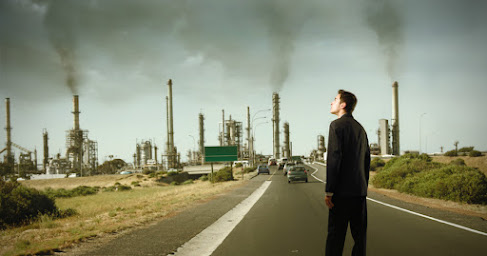
Human activities have a significant and well-documented impact on climate change. The primary way humans influence the Earth’s climate is through the release of greenhouse gases into the atmosphere. These gases trap heat from the sun, leading to a rise in global temperatures, a phenomenon known as global warming. The most important human activities contributing to climate change include:
Human Activities Of Climate Change In Earth And Global Warming
Burning Fossil Fuels: The combustion of fossil fuels, such as coal, oil, and natural gas, for electricity generation, heating, transportation, and industrial processes, is the largest source of human-induced greenhouse gas emissions. This releases carbon dioxide (CO2) into the atmosphere.
Deforestation: The clearing of forests for agriculture, urban development, and other purposes reduces the planet’s capacity to absorb CO2. Trees and vegetation act as carbon sinks, capturing and storing carbon dioxide. Deforestation also releases stored carbon when trees are cut down or burned.
Agriculture: Agricultural practices, including livestock farming, rice cultivation, and the use of synthetic fertilizers, release methane (CH4) and nitrous oxide (N2O), both potent greenhouse gases. Livestock produce methane during digestion, and the use of nitrogen-based fertilizers can lead to nitrous oxide emissions.
Industrial Processes: Certain industrial activities, such as cement production, steel manufacturing, and chemical processes, release greenhouse gases as byproducts. These emissions are often associated with energy use and chemical reactions.
Land Use Changes: Land-use changes, such as urbanization and shifts in land cover, can disrupt natural carbon and water cycles, leading to altered climate patterns and increased emissions from energy use and transportation.
Waste Management: Landfills and waste disposal release methane as organic waste decomposes anaerobically. Efforts to reduce, reuse, and recycle waste can help mitigate these emissions.
Transportation: The transportation sector, including cars, trucks, ships, airplanes, and trains, is a significant source of CO2 emissions. Transitioning to electric vehicles, improving fuel efficiency, and expanding public transportation can reduce emissions.
Energy Production: In addition to fossil fuels, energy production from non-renewable sources like natural gas and coal-fired power plants contributes to greenhouse gas emissions. Transitioning to renewable energy sources like wind, solar, and hydropower can reduce emissions.
Methane Emissions from Oil and Gas: The production and distribution of oil and natural gas can result in methane leaks, which are potent greenhouse gas emissions.
Wastewater and Agriculture: The handling of wastewater and certain agricultural practices, particularly rice cultivation, can release methane and nitrous oxide, respectively.
The cumulative effect of these activities has led to an increase in greenhouse gas concentrations in the atmosphere, causing global temperatures to rise, more frequent and severe weather events, sea-level rise, and other disruptive changes to the Earth’s climate system. Mitigating human impacts on climate change requires global efforts to reduce greenhouse gas emissions, transition to cleaner and more sustainable practices, and implement policies and technologies to address climate challenges.





